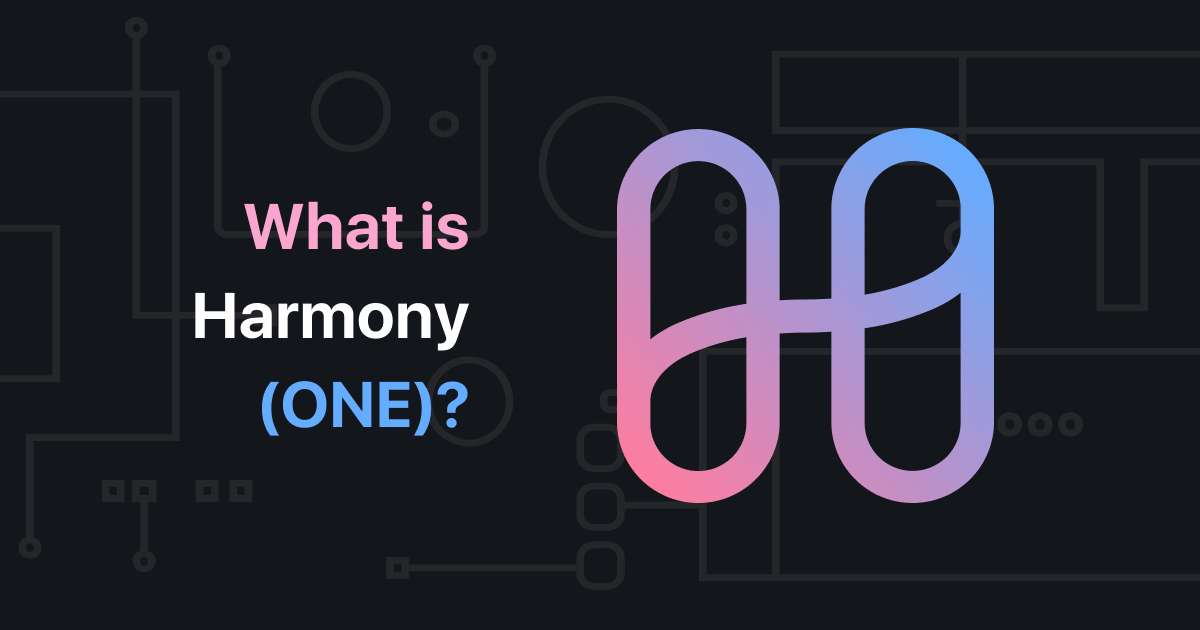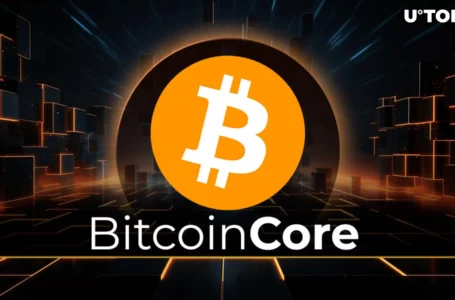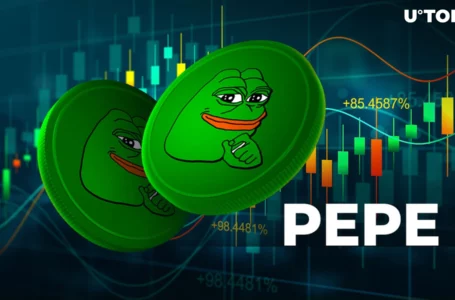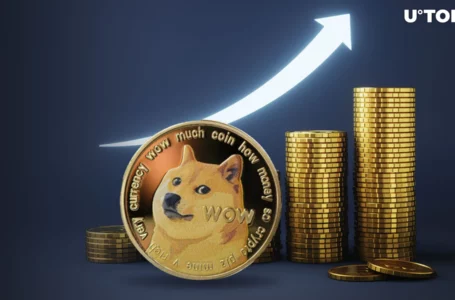
Harmony (ONE) is a blockchain platform that developers can leverage to build decentralized applications. Harmony blockchain claims to solve issues with bottlenecks faced by Ethereum through the introduction of a new sharding-based blockchain that operates using a unique consensus algorithm. The system is designed to open doors for ultra-fast transactions and interoperability. Using Harmony’s block platform, developers can build and scale intuitive decentralized applications or dApps that can accelerate cross-chain token swaps.
Sharding makes Harmony Protocol a powerful blockchain platform; sharding allows the decentralized platform to scale while also maintaining security. The Harmony blockchain platform is like a mix of Ethereum, blended with the unique solution of the Harmony platform. These attributes make Harmony a platform that developers can select for its growth and scalability. The application of the Harmony bridge can cater to both decentralized finance (DeFi) and non-fungible tokens (NFT).
Developers will find familiarity in the Harmony (ONE) blockchain platform, both Ethereum and Harmony use the Solidity programming language and Ether.js – for developers, coding on Harmony will feel just like they are building DApp on the Ethereum blockchain. On the user end, they can expect two-second transaction confirmation, and they have the ability to seamlessly swap between Harmony and Ethereum blockchain.
What is Harmony all About?
The background of Harmony (ONE) starts with its founder, Dr. Stephen Tse. Dr. Tse is a skilled cryptographer who was also a core developer of Google Maps. Driven by his passion for blockchain technology, Tse developed his own programming language ‘Min’ to build blockchains. After developing Min, Dr. Tse founded Harmony in 2018 and raised over $20 million to develop the Harmony protocol. Harmony’s native token, ONE was launched through Binance’s initial offerings (IEO) in May 2019.
What is the Problem Harmony is Addressing?
Ethereum was the first blockchain platform to use smart contracts. As with any pioneering technology, there were a couple of underlying problems with Ethereum-based smart contracts. Ethereum’s scalability and its 15 TPS (transactions per second) failed to support high-throughput applications, including gaming and decentralized exchanges. There have been several proposed solutions for the limitation of Ethereum, but they did not improve overall efficiency. If a project solved one problem, another problem became a hindrance.
A concept known as Sharding was proposed because it had all the features that could solve the scalability problem, the most prevalent problem with Ethereum blockchain. The first public blockchain to use this concept and solve the scalability problem was Ziliqa. However, the solution provided by them falls short in two ways. First, it did not divide the storage of blockchain data. It can limit the participation of machines with limited resources in the network. Second, Ziliqa relies on Proof-of-Work (PoW) as its randomness generation mechanism, which can lead to a single-shard takeover attack.
What are the Breakthroughs That Harmony Has Achieved?
The optimally tuned system of Harmony (ONE) makes breakthroughs to solve the following aspects:
- Scalability: Usage of shards-type blockchain that enables sharding of both network communication and blockchain state. It makes Harmony blockchain fully scalable.
- Faster and efficient Consensus: The Harmony blockchain is based on Proof of Stake rather than Proof-of-Work used in other sharding-based blockchains which make it around 100x faster.
- Consistent Cross-Shard Transactions: Cross-shard transactions are supported by Harmony wherein the shards interact directly with each other. The atomic locking mechanism ensures consistency.
- Secure Sharding: Security is one of the primary focuses of any blockchain. Harmony uses a distributed randomness generation (DRG) process. It is unpredictable, unbiased, scalable, and verifiable.
What are the Concepts Fueling Harmony?
There are four major concepts behind this blockchain that makes it more efficient and secure. These are Harmony (ONE) protocol, Sharding, cross-chain interoperability, and DRG.
Harmony Protocol
Every blockchain is associated with a consensus protocol. It is responsible to determine how blockchain validators reach the next block quickly and securely. Bitcoin is powered by a PoW (Proof-of-Work) consensus. In this process, the first to solve the cryptographic puzzle gets to propose the next block and wins some token rewards.
Another type of consensus is PBFT or Practical Byzantine Fault Tolerance. In this one node is elected as a leader and others are validators. Harmony uses an improved version of PBFT called Fast Byzantine Fault Tolerance (FBFT). The validators of Harmony (ONE) consensus are elected based on effective Proof-of-Stake (PoS) making it much faster and secure. Further, it uses both Variable Random Function (VRF) and Verifiable Delay Function (VDF) to verify randomness with validators on the network.
Cross-Chain Interoperability
This property of Harmony (ONE) architecture opens up new possibilities. The bridges can connect any PoW and PoS chains. The FlyClient architecture is highly gas efficient. A plethora of digital assets over tens of millions across Ethereum and Binance Smart Chain are secured using Harmony bridges.
Harmony (ONE) Token?
It is the ONE token that keeps the entire Harmony ecosystem up and running smoothly. A vision of “For One and For all” derives the name “ONE.” The goal for Harmony is to scale open consensus for over 10 billion people. The Harmony One token is used to pay fees across the network and staking ONE to secure the Harmony blockchain. Participants get rewards in the form of tokens to use them further. It is expected that the token will be used for governance across the Harmony protocol.
As per CoinMarketCap, the maximum number of ONE token is 12.6 billion, whereas its circulating supply is 10.2 billion. Also, according to current stats, around 441 million tokens are minted every year. The token is available in both ERC-20 on the Ethereum chain and BEP-2 on the Binance chain.
Conclusion
The Harmony (ONE) token powers the whole ecosystem. As per estimates, around 12.6 billion tokens are in supply, and 440 million are minted every year through rewards. Building and staking ONE token on the network is highly rewarding. The team will issue around $10 million worth of tokens as rewards in the coming quarter. Overall, Harmony Protocol is carving its own path and aims to empower developers to build fast and efficient decentralized applications.



















